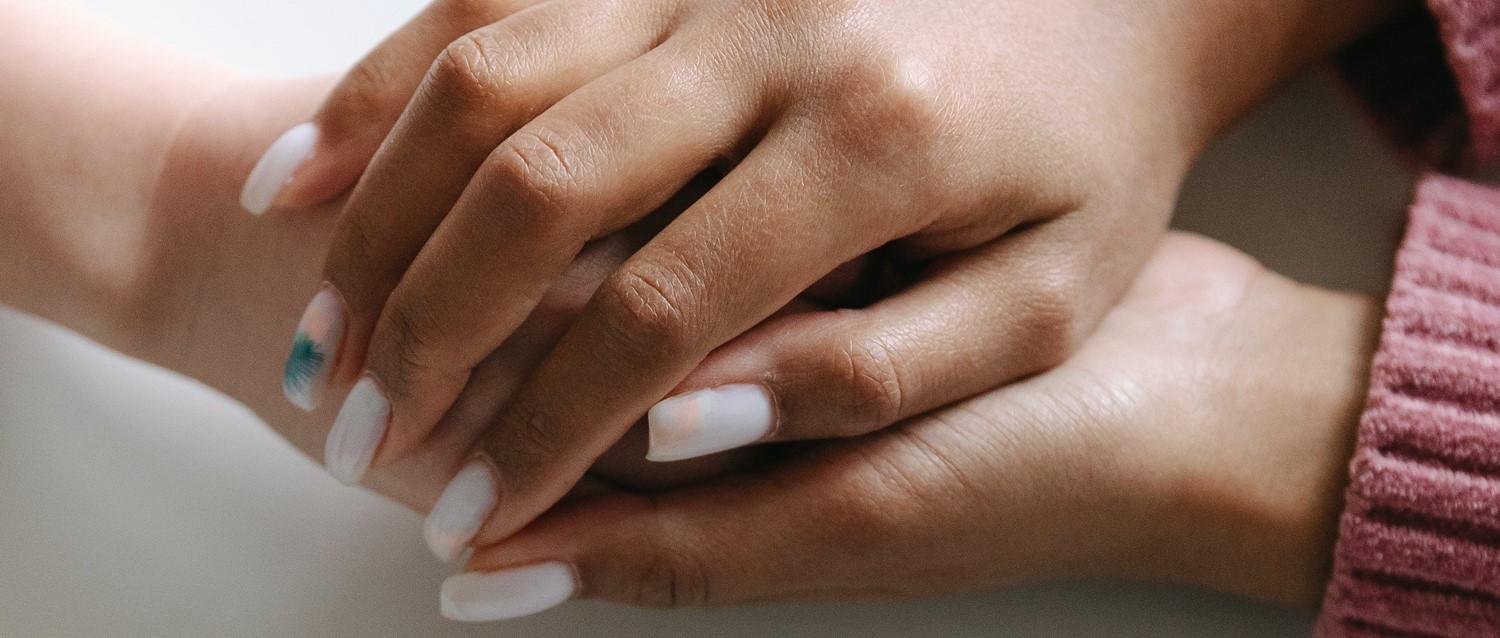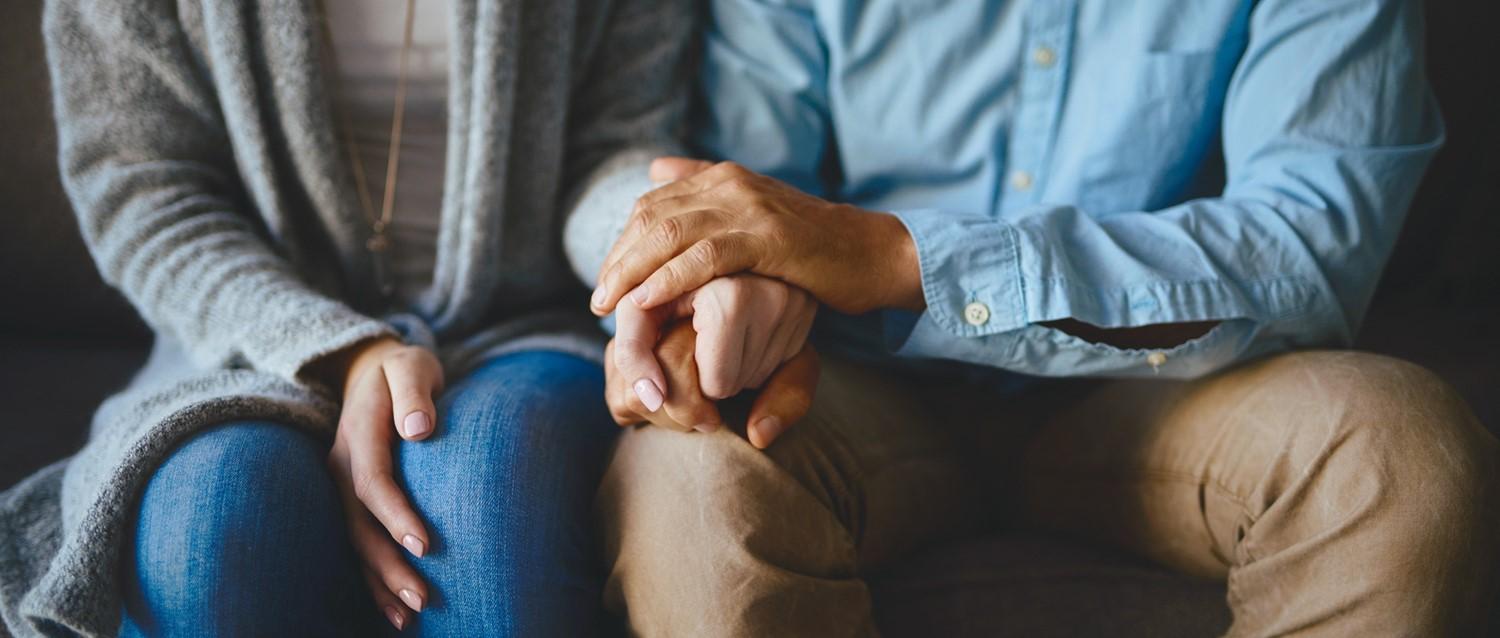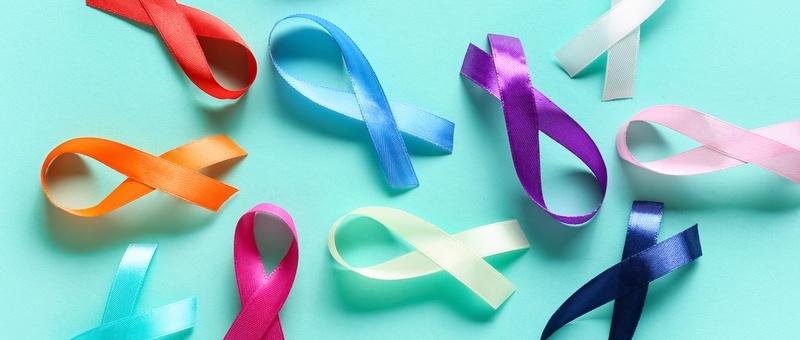
Why do young LGBTQ+ people have a poorer experience of cancer care?
Peer reviewed by Dr Krishna Vakharia, MRCGPLast updated by Lydia SmithLast updated 28 Jun 2023
Meets Patient’s editorial guidelines
- DownloadDownload
- Share
- Language
- Discussion
Living with cancer can be very difficult. Not only can treatments take their toll physically, a cancer diagnosis can lead to anxiety, stress and low mood - as well as other challenging emotions like grief and anger. And for young LGBTQI+ people in particular, research suggests going through cancer care can be particularly distressing.
In this article:
Continue reading below
Impact of discrimination
Research shows young LGBTQ+ people experience significantly higher levels of distress during cancer care than older LGBTQ+ adults and non-LGBTQ+ adolescents and young adults1. The research suggests many young people fear their sexuality or gender identity could lead to healthcare professionals treating them differently.
For the study, 430 LGBTQ+ cancer patients were interviewed and surveyed alongside 357 health professionals. The results showed young LGBTQ+ people reported significantly lower satisfaction with cancer care due to discrimination, with 44% of adolescent and young adult LGBTQ+ cancer patients experiencing discrimination during treatment. Furthermore, 72% of transgender and non-binary patients reported being mistreated.
Lauren Snaith, a former campaigns manager at Teenage Cancer Trust, says: "Higher distress and lower satisfaction with care are due to greater experience of discrimination in cancer care. Adolescents and young adults are less confident about the disclosure of sexuality or gender identity, and are fearful about receiving a negative reaction from healthcare professionals."
Discrimination can come in the form of negative or insulting comments, coldness or feeling dismissed, Snaith adds. "It can include partners being excluded from care, or the feeling that care is not equal to that offered to non-LGBTQ+ people," she says.
Less support
In addition, young people may have less life experience in terms of developing strategies to come out and deal with negative reactions, Snaith says. Those living with parents may experience parental hostility towards their sexuality or gender identity, meaning they receive less support at home.
According to the research, young people reported that cancer "challenged their LGBTQ+ identity" and made it difficult to meet other LGBTQ+ people too. "It may delay coming out to family and friends, which can cause distress," Snaith adds.
Young people may come across other challenges that accompany cancer too, such as problems with body image, mental health and emerging independence and autonomy. All of these can further compound the difficulties faced by adolescents and young people with cancer who identify as LGBTQ+.
Continue reading below
False information online
Misinformation on social media can also contribute to a poorer experience of cancer care, particularly as young people are more likely to go online to find out about cancer. According to a 2021 report in the Journal of the National Cancer Institute, one in three popular cancer articles on social media platforms such as Facebook were found to contain potentially harmful misinformation2.
This kind of information can be problematic in several ways. Young people may be given misleading nutrition or lifestyle suggestions for cancer treatment, or access incorrect information about their diagnosis. According to research, cancer misinformation on social media may also negatively influence adolescent and young adults' engagement in cancer care, relationships, and self-perception3.
How to improve cancer care for young LGBTQ+ people
According to the Out with Cancer research, there are several ways to improve the experiences of young LGBTQ+ people during cancer care.
Don't make assumptions
Firstly, it is essential for healthcare workers to avoid making assumptions about patients regarding their sexuality or gender identity.
Professor Jane Ussher of Western Sydney University, one of the researchers behind the Out With Cancer study, says: "Clinicians need to create a place of safety and inclusivity for LGBTQ+ patients and their carers. Don't assume that young cancer patients are heterosexual or cisgender. Give patients the opportunity to disclose their sexuality or diverse gender identity on intake forms, or in a safe way in a consultation."
Have visible signs of inclusivity
"Have visible signs that you are LGBTQ+ inclusive, such as a rainbow flag in your waiting room, a statement about LGBTQ+ inclusivity on your service website, and include references to LGBTQ+ experience in patient information resources," she says.
Use inclusive language
Ussher also advises using inclusive language. "Ask people what pronouns they prefer - he, she or they. Clinicians need to be aware that many LGBTQ+ people have a history of being discriminated against, and that this creates anxiety about how they will be treated in cancer care," she adds.
Signpost people to relevant support
Signposting young LGBTQ+ people to organisations for legitimate information and inclusive support can help people avoid misinformation online. The charities Macmillan and Live Through This provide information and support. Additionally, it can help to recommend reliable online resources and warn young people of the dangers of false information on social media.
Continue reading below
Further reading
Patient picks for Information about cancer

Cancer
Supporting a loved one with a cancer diagnosis
Dealing with a cancer diagnosis can be tough at the best of times, but even more so in the current climate. If a friend or family member is diagnosed or undergoing treatment during this difficult time our instincts will be to help. But with visits possibly out of the question, how can we offer appropriate support without risking a loved-one's health?
by Gillian Harvey

Cancer
Cancer symptoms you should never ignore
When it comes to unexplained medical symptoms, it's easy to bury your head in the sand and ignore them, especially if they're a bit embarrassing to discuss. But getting them checked out by a doctor could end up saving your life. Here are the cancer symptoms you should never ignore.
by Lynn Stephen
Continue reading below
Article history
The information on this page is peer reviewed by qualified clinicians.
Next review due: 28 Jun 2026
28 Jun 2023 | Latest version
24 Jan 2022 | Originally published
Authored by:
Lydia Smith

Ask, share, connect.
Browse discussions, ask questions, and share experiences across hundreds of health topics.

Feeling unwell?
Assess your symptoms online for free
Sign up to the Patient newsletter
Your weekly dose of clear, trustworthy health advice - written to help you feel informed, confident and in control.
By subscribing you accept our Privacy Policy. You can unsubscribe at any time. We never sell your data.